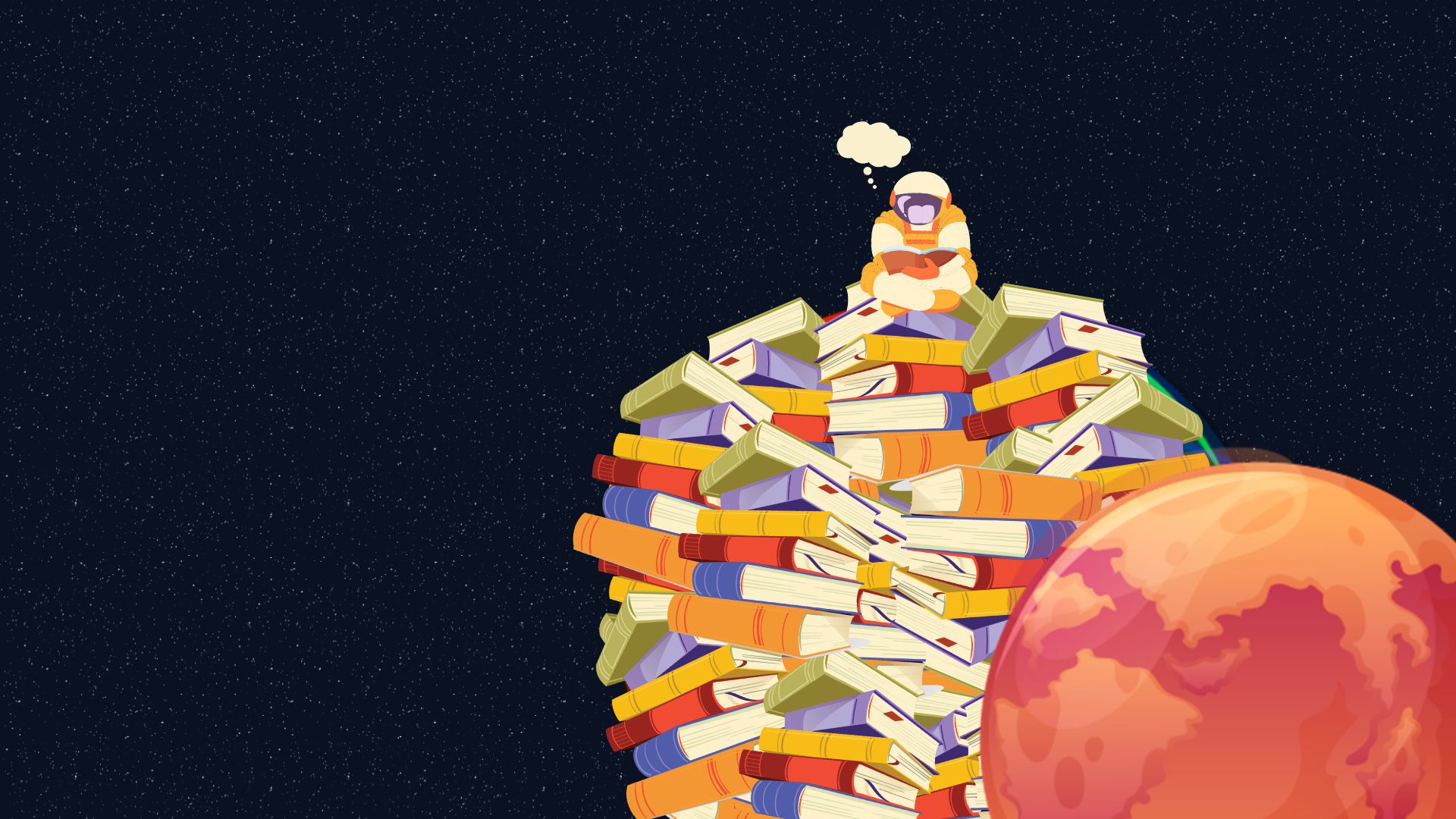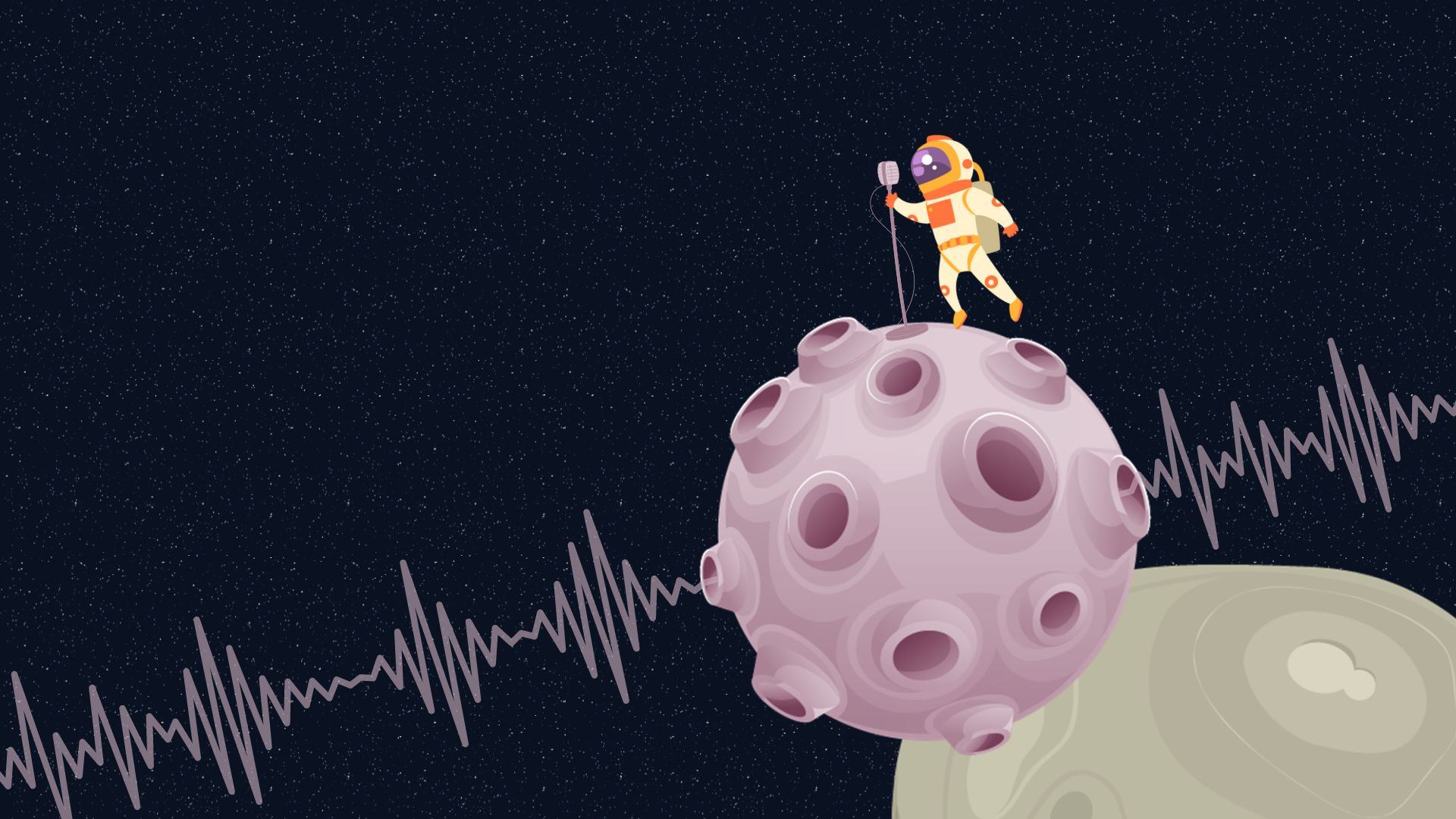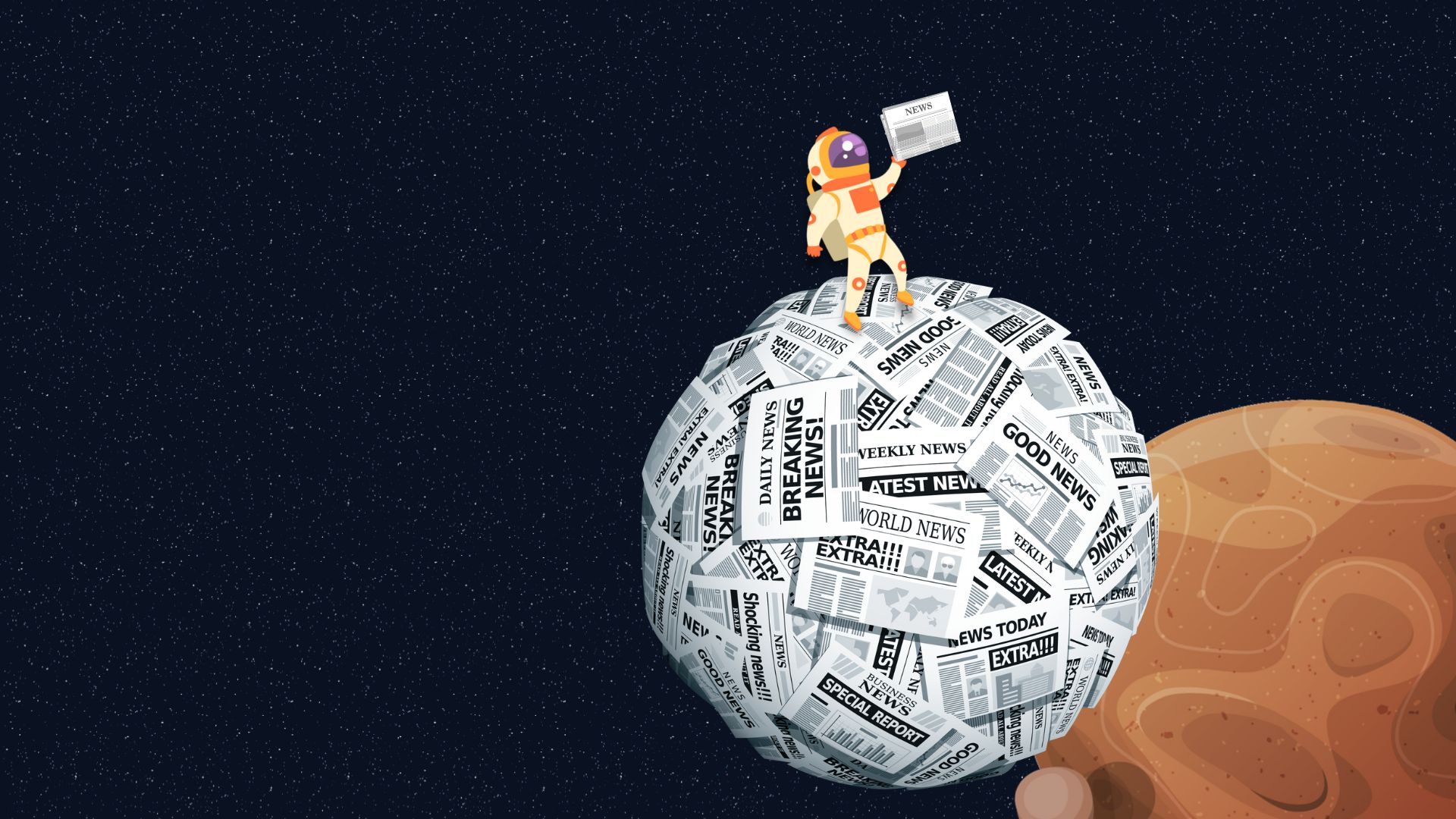Poetry has been an important form of artistic expression for centuries, with its roots in oral traditions and evolving into various styles and movements over time. In this blog post, we will explore the history of poetry from its beginnings to the modernist period.
The Oral Tradition
The earliest poetry was passed down through oral tradition, with stories and songs being memorized and recited by poets, bards, and troubadours. These poems were often used to commemorate important events or to entertain listeners. Examples of early poetry include the epic poems of Homer, such as the Iliad and the Odyssey, and the works of the ancient Indian poet Valmiki.
The Written Word
With the invention of writing, poets were able to record their works and preserve them for future generations. The earliest written poetry comes from Sumeria, with the epic poem of Gilgamesh being one of the earliest surviving examples. Poetry continued to evolve, with the Greeks and Romans introducing new forms such as the sonnet and the ode.
The Renaissance and Romanticism
During the Renaissance, poetry underwent a major transformation, with poets such as Shakespeare and John Donne experimenting with new forms and styles. The Romantic era saw a focus on nature and individualism, with poets such as William Wordsworth and Samuel Taylor Coleridge leading the way.
The Modernist Period
The modernist period saw a major shift in poetry, with writers such as T.S. Eliot and Ezra Pound rejecting traditional forms and experimenting with language and structure. Modernist poetry often featured fragmented imagery and unconventional syntax, challenging readers to interpret and decipher the meaning behind the words.
In Conclusion
Poetry has a long and varied history, with its evolution reflecting changes in society, culture, and technology. From the oral tradition to modernism, poets have continued to push boundaries and experiment with new forms and styles. Today, poetry remains an important form of artistic expression, with poets continuing to create and innovate in a constantly evolving art form.



